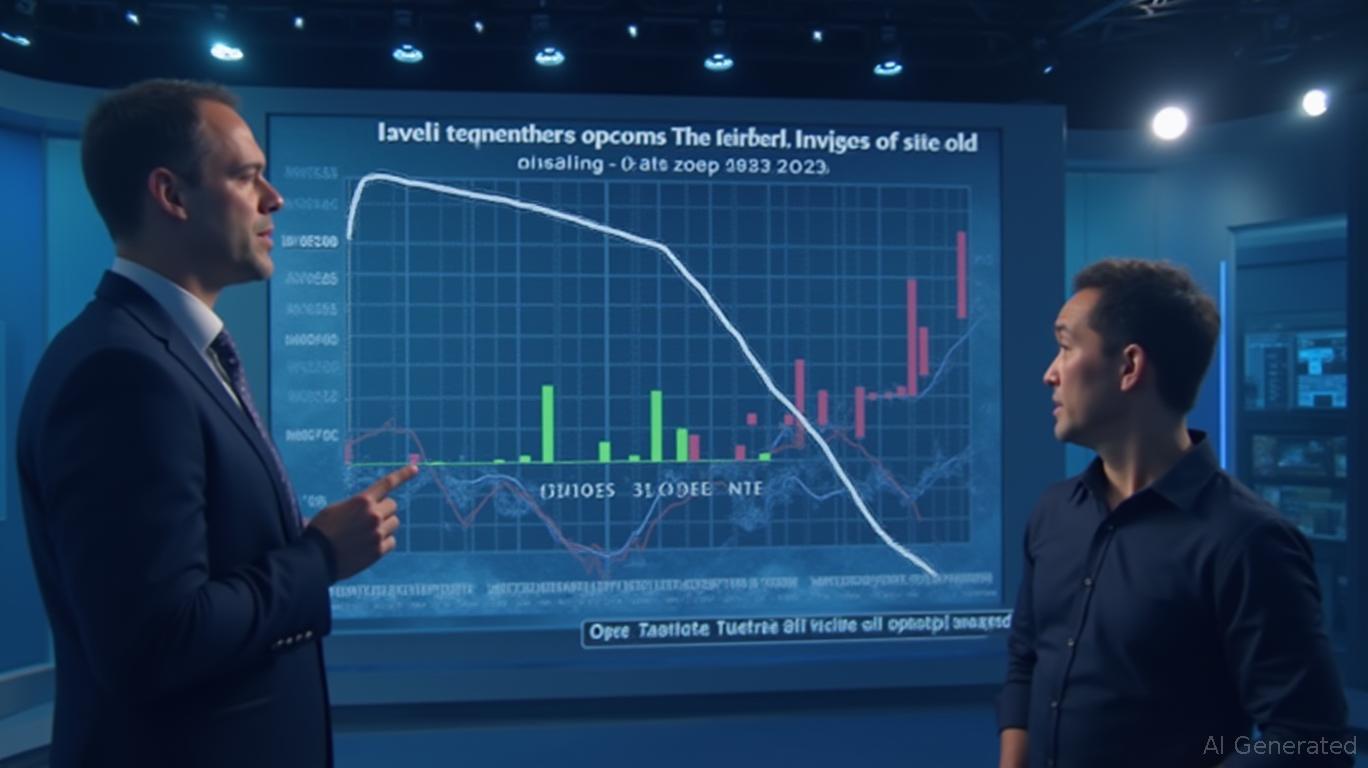Eurozone Bonds: Riding the Wave of ECB's Data-Driven Policy Shift
The European Central Bank's (ECB) pivot toward a data-dependent policy framework has set the stage for a compelling opportunity in Eurozone fixed-income markets. With inflation pressures easing and growth risks mounting due to trade tensions, investors are poised to benefit from strategic allocations to Eurozone bonds ahead of anticipated rate cuts. Here's why now is the time to act.

The ECB's Flexible Playbook: Rate Cuts Are Coming
The ECB's June 2025 policy meeting underscored its commitment to a gradual path toward the neutral rate, now estimated between 1.75% and 2.25%. While the deposit facility rate stands at 2.5%, the central bank has explicitly abandoned pre-set rate paths, opting instead to adjust “meeting by meeting” based on incoming data. This flexibility is key: inflation is projected to average just 2.3% in 2025, with underlying price pressures expected to stabilize near the 2% target by 2027.
Crucially, Lagarde's emphasis on inflation targeting remains conditional on growth outcomes. With GDP growth revised downward to 0.9% in 2025—due to weak exports and investment tied to trade policy uncertainty—the
faces mounting pressure to cut rates further.Trade Tensions: A Catalyst for Lower Rates
The ECB's downward revision of growth forecasts reflects the drag from global trade disputes, particularly U.S. tariffs. While these policies risk supply chain disruptions and inflation spikes, the ECB's June analysis highlights their net negative impact on demand. Lagarde's team has avoided pre-committing to specific rate paths, but the risks of prolonged trade tensions make further easing inevitable.
Investors should note that the market now prices in a terminal rate near 2%, below the ECB's neutral rate range. This leaves room for additional cuts, especially if services inflation—still stubbornly elevated—moderates. The ECB's data-driven approach ensures that any softening in growth or inflation will trigger swift action, pushing yields lower.
Fixed-Income Markets: Positioning for a Yield Decline
Eurozone bond yields have already begun to reflect this outlook. For instance, German 10-year bund yields have fallen to 1.8% in recent months, with peripheral bonds like Spain's and Italy's tightening spreads against core issuers. This suggests investors are pricing in both ECB rate cuts and reduced sovereign risk.
Strategic allocations to long-dated government bonds and investment-grade corporate debt are particularly attractive. As the ECB's easing cycle progresses, the duration of these bonds will amplify returns. Meanwhile, the ECB's Transmission Protection Instrument (TPI) ensures market stability, even as geopolitical risks persist.
Why Act Now?
The ECB's data dependency creates a “buy the dip” scenario for bonds. Any economic softness or inflation undershoot will prompt immediate policy action, while the central bank's reluctance to pre-commit to a path means markets are underpricing the likelihood of deeper cuts.
Investors delaying exposure risk missing the rally: Eurozone bonds typically outperform equities in low-growth, low-inflation environments, and the current policy stance aligns perfectly with this scenario.
Conclusion: Time to Deploy Capital
The ECB's focus on data, coupled with trade-driven growth risks, paints a clear picture: further rate cuts are imminent. Eurozone bonds are primed to rally as yields decline, offering both capital appreciation and income stability. Allocate now—the ECB's next move is all but certain, and the market's laggards may soon catch up.
The window to lock in these gains is narrowing. As Lagarde herself might say: the data will decide—but the writing is on the wall.

Comments
No comments yet